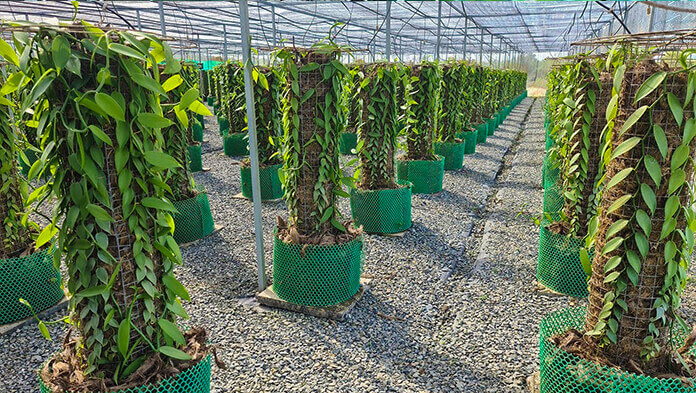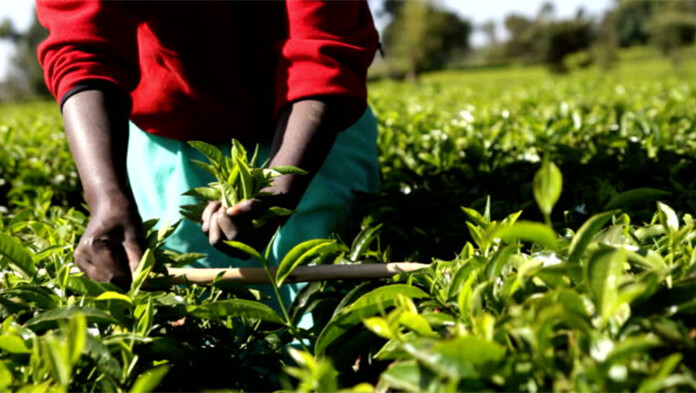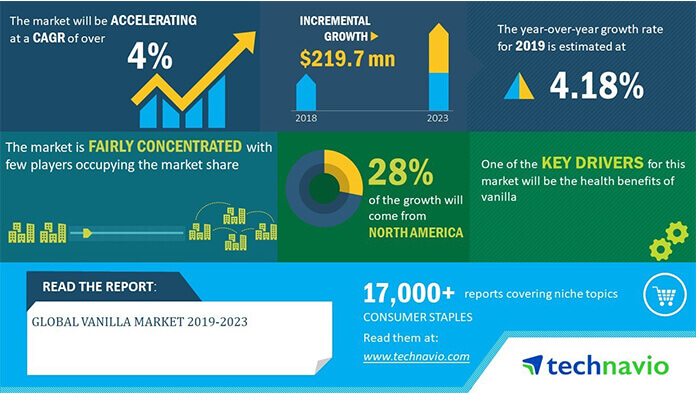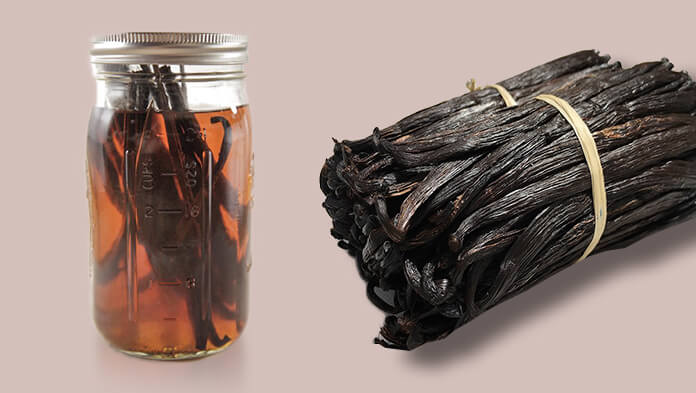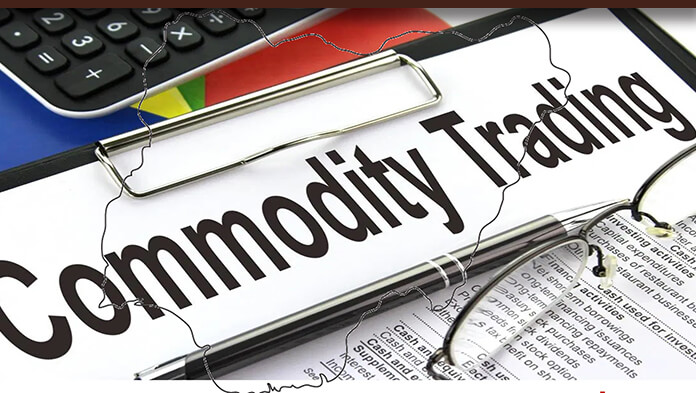
Uncertainty is probably the word that best describes the business environment companies have been dealing with since the Covid-19 virus started to spread across the globe in 2020. Changes in market dynamics, as a result of the pandemic, has put a strain on most organisations, and made it clear that access to in-depth analysis and price forecasts are of paramount importance.
“Rajon analytical models point to most commodities reaching a peak in 2022 that in turn will lead to a more prolonged downtrend in commodity prices across most if not all commodity groups”
We have decades of experience analysing market trends, and our price forecast models have proven themselves over time. In 2020, our analysis signalled a turnaround in the economy that would lead to a steep rise in commodity prices, which materialised in 2020 and 2021. It is important to highlight that our models are now pointing to a commodity price peak in 2022 and to a likely downturn in prices. Some commodities such as oilseeds and steel have already made their final peak, while others are still heading towards their maximum levels in 2022, with most of them expected to reach their highest point around spring 2022.
While we advised our clients to hedge (fix prices) in 2020 and throughout 2021, our current recommendation in early 2022 is to act with caution when fixing your contracts, both in terms of length and volume. This is because our forecasting models have started to give early warning signals of an upcoming downturn in commodity prices. As a result, prices are likely to remain elevated in 2022 compared with historical levels, but the decline from 2022 is expected to last into late 2023 or 2024, and prices are forecast to reach much more balanced levels in one or two years.
This is yet to be confirmed by technical and fundamental indicators in the coming months. However, economic indicators such as new orders and manufacturing activity have lost momentum since May 2021, highlighting a potential slowdown in economic growth. In addition, the expected easing of supply chain disruptions is also likely to act as a bearish force.
The outbreak of COVID-19 in 2020 meant that companies had to navigate uncharted waters. Despite economic lockdowns, demand remained high in most countries, and the uncertainty prompted companies to place two or three times as many orders of their usual requirement. In addition, supply chain issues led to the scarcity of many goods and materials, and prices reached unprecedented levels. However, shortages are most likely to turn into gluts, and companies should proceed with caution while planning to overextend their purchasing to ensure they are not securing goods at high prices unnecessarily.
The expected downturn in the economy will have significant implications for most commodity markets. Orders are starting to slow down while inventory levels have begun to increase, signalling a potential shift in market dynamics and, consequently, a likely decline in prices in 2022. Therefore, procurement professionals should ensure that they have access to robust and timely analysis and price forecasts, so they can monitor these market developments effectively, generating substantial savings and increased profitability for their businesses.
“Commodity prices are likely to remain elevated in 2022 compared with historical levels, but the decline from 2022 is expected to last into late 2023 or 2024, and prices are expected at that time to reach much more balanced levels.”


